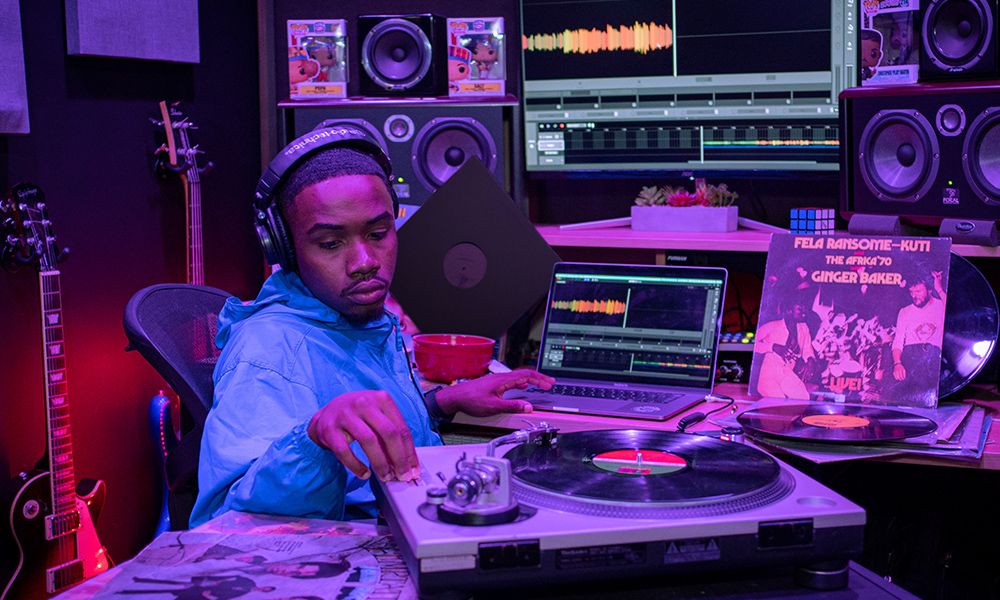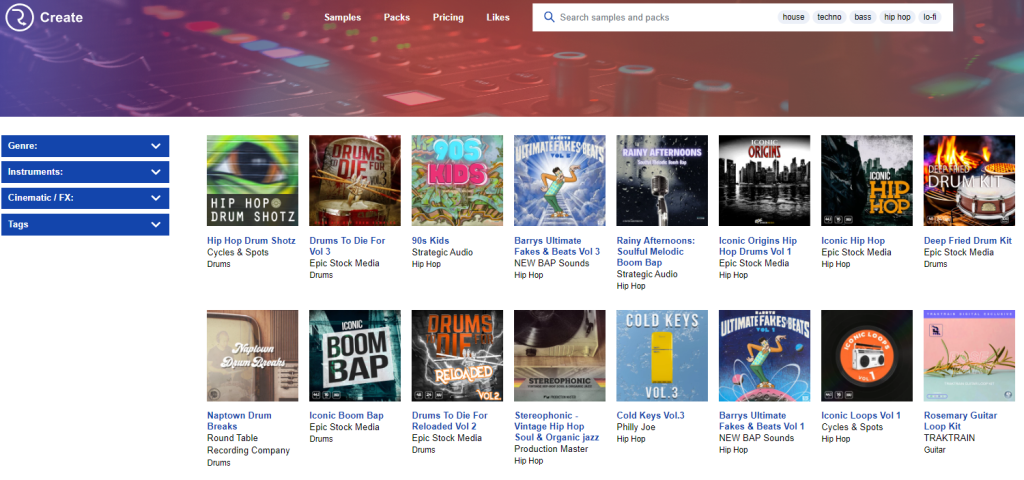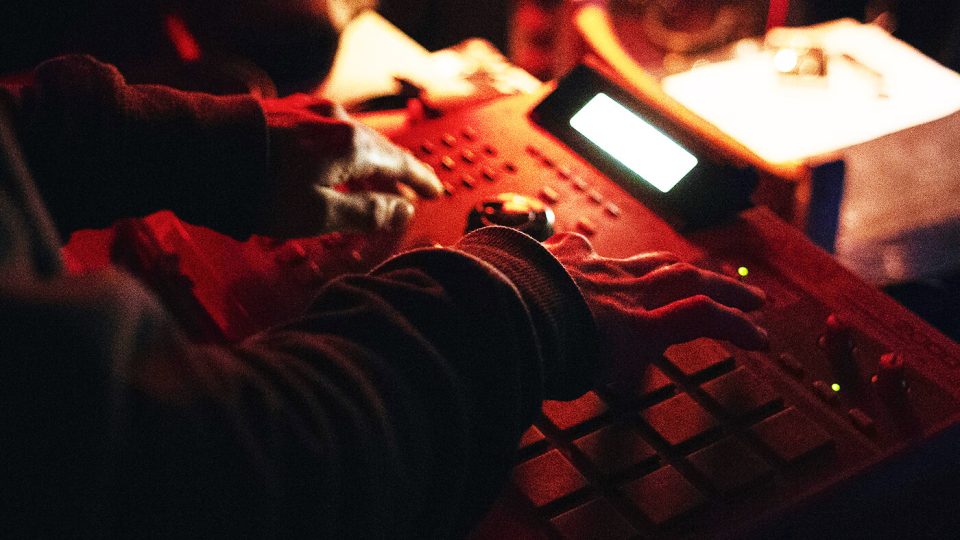Royalty vs Royalty-Free Samples – What are the differences?
If you’re diving into the world of music creation, you’ve no doubt bumped into the concept of using samples. Samples can feature as the building blocks for your composition or simply add that extra oomph to your tunes. But be warned: not all samples are created equal. Some come with strings attached—royalties, while others offer more freedom—enter, royalty-free samples.
In this blog, we’re going to examine and define the difference between these two types of samples. We’ll explore what “royalty” really means in the music industry and how it ties into the samples you might use.
So, stay tuned as we navigate the intricacies of royalties versus royalty-free samples helping you make informed choices in your musical creations.
Understanding Royalties in Music Production
Royalties represent the paycheck musicians and creators receive when their work gets played, used, or sold. They’re a way for artists to earn a piece of the pie when their music is enjoyed by others. This can be from radio play, sync placement, or direct sales or streams.
When it comes to using samples in your compositions, things can get a tad tricky. Imagine you’ve crafted a killer track based upon a loop from an old soul record or vocal from a classic 90’s dance tune. Here’s the hitch: if that sample isn’t cleared for use, you might find yourself owing royalties to the original creator or facing serious legal hiccups.
These royalties can eat into your earnings or even put the brakes on your project if you’re not careful. So, unless you are willing to take this risk, using samples that come with these kinds of royalty obligations should be avoided. And even if you don’t find yourself in legal trouble you will almost certainly have questions to answer if distributing digitally or submitting to a record label.

Luckily in recent years, a whole industry has risen from the desire to sample. Purpose-made samples are now available covering every conceivable sound and style. But while these samples are created with the specific intention of being used in other people’s compositions they do come with their own caveats. These samples will come with a licence that covers their usage rights. And these licences tend to fall into one of two types. Royalty-baring and Royalty-Free.
Royalty Samples
So let’s first focus on royalty samples. These are samples that come with a potential price tag beyond the initial purchase or clearance cost. When you use a royalty sample in your creation, you might find yourself dishing out a portion of your earnings to the original creator or copyright holder. This can be in the form of publishing and/or income royalties.
If you plan on using a sample from a 3rd party recording navigating the legal hoops to clear these samples can be difficult and time-consuming. It involves obtaining permissions, negotiating agreements, and keeping tabs on your earnings to ensure the right royalties are paid.
Purpose-made ‘royalty’ samples are a more straightforward affair. The licence will have caveats in place that determine if and when any royalties need to be paid. Commonly, a royalty split will come into play once a ‘sample featuring’ track reaches a certain threshold. This could for example be when the track reaches one million streams. It may also stipulate that if a track gets a major label release or placement you have to pay a royalty split.
The key here is to carefully read the terms of the licence as everything should be laid out. And remember each sample provider will have its own set of terms so don’t assume that there is a standard licence that covers all royalty samples.
Royalty-Free Samples
Royalty-free samples on the other hand offer a much simpler and more streamlined solution. These samples come with no royalty-based strings attached. When you use a royalty-free sample, you’re granted the right to use it in your compositions without any ongoing fees or legal tangles.
That’s the beauty of royalty-free samples—they offer freedom and flexibility, empowering you to focus on what truly matters: crafting your next musical masterpiece.
Moreover, the accessibility of these samples has skyrocketed in recent years. There are many online platforms and marketplaces that specialise in royalty-free samples, offering a smorgasbord of sounds, beats, and melodies.
It’s important to note that while the term ‘royalty-free’ might imply zero expense. It typically refers to freedom from ongoing royalties. You will most likely need to make an initial purchase or subscription to access platforms offering these samples. However, once acquired, these samples are yours to use and reuse without worrying about recurring payments.
And for the best value Royalty-Free samples currently available check out RouteNote Create. All our packs are Royalty-Free and subscriptions start at just $2.99 a month for 100 credits.

Legal and Ethical Considerations
When dealing with samples—whether royalty or royalty-free—it’s imperative to ensure you’re on the right side of copyright laws. Using samples without proper authorization or licensing can lead to legal trouble. This can potentially result in your music being disallowed or removed from distribution platforms. You could even face costly penalties.
This is where understanding the terms and conditions of sample usage becomes pivotal. Make sure to read the licensing agreement fully. If you’re using a Royalty sample you must contact the sample maker or vendor if your ‘sample featured’ track breaches a threshold as determined in the license. You will then be responsible for providing accurate accounting detailing of the track’s performance.
Royalty-free samples typically come with straightforward licensing terms. These provide a clear roadmap for future usage. To obtain a royalty-free licence the sample MUST have been purchased or acquired legally. If a sample was acquired illegally i.e. a pirated copy, then you’re opening yourself up to the same consequences associated with uncleared samples.
It’s also vital to research the legitimacy of the sample seller. It is not unheard of that non-original or stolen 3rd party samples are being sold as royalty-free or even royalty-bearing samples. For example, sample maker and producer DJ Pain 1 has gone on record numerous times with tales of being offered samples that were in fact old 70’s soul samples!
Moreover, there’s an ethical dimension to using samples. Respecting the original creators’ work by adhering to their wishes and following any guidelines set by the sample provider fosters a culture of integrity and collaboration within the music community.
Summary
In wrapping up our discussion on royalties and royalty-free samples, it’s evident that both avenues present distinct considerations for music producers.
Royalty samples, while offering access to desired sounds, can often entail ongoing costs and administrative complexities. On the contrary, royalty-free samples provide a more straightforward option. This allows for usage without the burden of recurring payments or intricate licensing processes.
While the criteria for sample selection should not necessarily pivot on whether it is royalty-free or royalty-bearing, it should be a consideration. The suitability of the sample should however always come first. While it’s comforting to know that you can use a royalty-free sample without any future implications it’s also generally the case that unless your track blows up or gets a major label placement you will not have to worry about a Royalty-bearing sample.
Regardless of what type of sample you choose to use, adherence to legal and ethical guidelines remains crucial. Prioritizing quality, legality, and respect for original creators’ contributions will ensure all musical parties can happily co-exist.
Hopefully, these insights empower you to make informed decisions that align with your artistic vision. This should in turn help to advance your musical growth.
Remember – RouteNote Create subscriptions start from as little as $2.99. You also get 10 FREE credits to spend on samples along with access to our FREE sample pack bundle when you sign-up!
